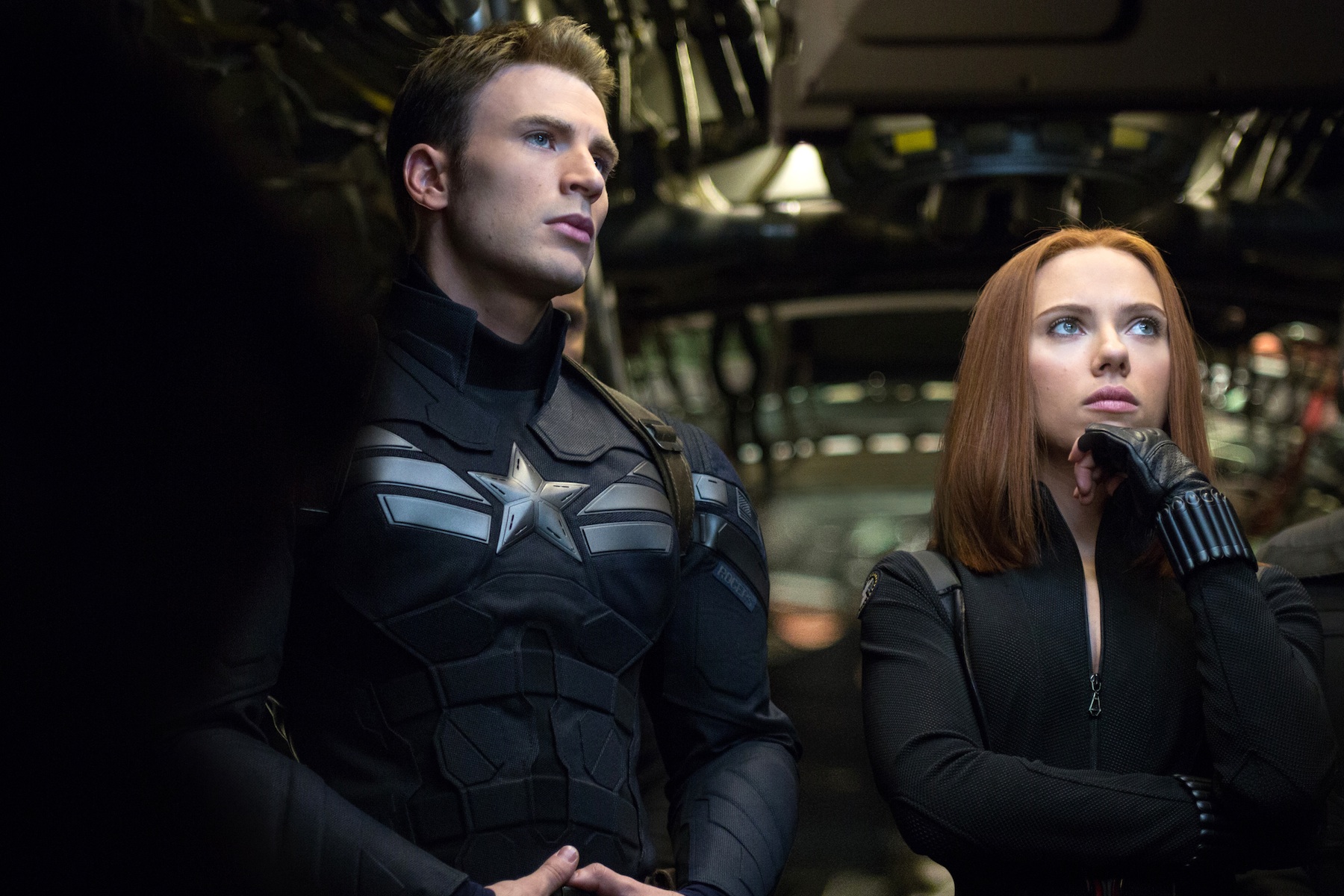
Captain America: The Winter Soldier is still just the tip of the iceberg.
In Bloomberg BusinessWeek‘s new in-depth profile of Marvel Studios president Kevin Feige, the studio exec tells writer Devin Leonard that one secret to the already-extensive list of Marvel movies — like The Avengers and Thor and Iron Man — is the way they’re interconnected; each success can introduce potential fans to a lesser-known character, who can then receive his or her own movie. That means there are a lot of movies left to be made: Feige says that the most recent planning map for future Marvel films already stretches a full 14 years into the future, to a date nearly two decades after Disney’s 2009 purchase of Marvel.
Some of those films are already on the docket (Guardians of the Galaxy and Ant-Man and Avengers: Age of Ultron, to name a few), but Marvel Studios and Disney have been turning out films at a rate of about five every three years. If that pace continues, the coming years could see about 25 more films.
Feige tosses off that factoid as a side example of the studio’s planning strategy, and the BusinessWeek piece ends up focusing more on his career and Marvel’s relationship to Disney — plus, obviously, having a plan doesn’t mean those movies will actually all make it to theaters.
Still, taking Feige’s timeline at face value, Marvel will be doing something kind of revolutionary.
Though individual characters may have a modest two or three sequels each, Feige’s perspective makes it clear that the Marvel Studios universe is really one huge franchise, unified by a specific timeline and inter-character relationships that are meant to hold true from one picture to the next, even when a different hero gets top billing. That’s how the studio manages to make bank on superheroes who have relatively tiny comics-based fandoms.
That massive reach means, for one thing, the Avengers-et-al set is likely to surpass James Bond and become the largest continuous franchise in Hollywood history. Beyond that, Marvel is a different beast than Bond. It’s closer to Star Wars or Star Trek, but on a much grander scale. For 007, as for other franchise superstars like Superman or Jason Voorhees, each movie is a moment on a linear timeline centered on one person or group. For Marvel, a franchise is a web rather than a line. There’s still linear continuity and a strict canon, but they’re working with a universe rather than a plot-line.
Having this kind of plan, one that reaches that far into the future, isn’t necessarily a good thing — maybe we’ll all be bored of superheroes in a few years, and Marvel will be up a creek. But, new as this structure may be, it’s also somewhat beyond their control. This specific character universe is the whole reason the studio exists — which also means that, if the mega-franchise concept continues to work as well as it has recently, even 2028 is unlikely to be its end.
More Must-Reads from TIME
- Donald Trump Is TIME's 2024 Person of the Year
- Why We Chose Trump as Person of the Year
- Is Intermittent Fasting Good or Bad for You?
- The 100 Must-Read Books of 2024
- The 20 Best Christmas TV Episodes
- Column: If Optimism Feels Ridiculous Now, Try Hope
- The Future of Climate Action Is Trade Policy
- Merle Bombardieri Is Helping People Make the Baby Decision
Write to Lily Rothman at lily.rothman@time.com